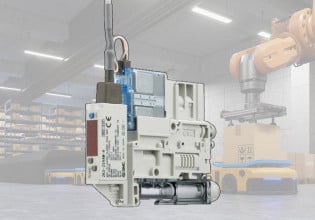H
We have a tank having petroleum product in it. There is a level transmitter whose value is coming in a PLC. The level is increasing or decreasing based on receipt or dispatch. We need to calculate flow as liter per minute or m3/hour from this level which is changing based on the operation.
what will be formulae for this which can be executed in PLC?
what will be formulae for this which can be executed in PLC?






